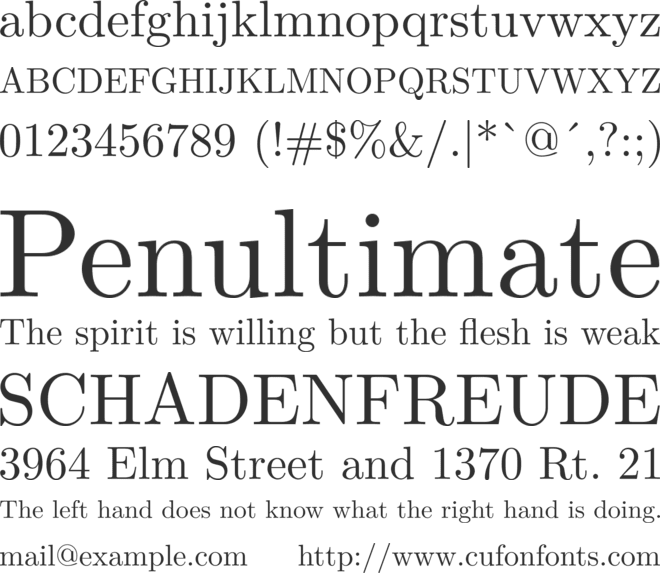

In effect, this increases the number of letters in their alphabet. The Roman script has fewer letters than the sounds in some of the languages that use it. The basic alphabet uses the following letters:

Words taken from other languages sometimes use diacritics to make clear the correct pronunciation. English is the only major European language that does not have any of these marks, at least not for native words. They are used for things such as tones and pronunciation. Nearly all languages using the Roman alphabet include diacritics, which are symbols found above or below the letters. There are of course Indo-European languages that do not use the Latin alphabet, like Greek and Russian, as well as non-Indo-European languages that do, like Vietnamese. These languages include the Germanic languages (which includes English, German, Swedish, and others) and the Romance languages (which includes French, Spanish, Italian, Portuguese and others). Indo-European languages, especially those of Western Europe, are mostly written with the Latin alphabet. The modern version of the alphabet is used for writing many languages. Modern capital letters differ only slightly from their Roman counterparts. Two such styles were combined into one script with upper and lower case letters ('capitals' and 'small letters'). The sounds of some letters changed, some letters were lost and gained and several writing styles ('hands') developed. It was the Etruscans who first developed it after borrowing the Greek alphabet, and the Romans developed it further. The alphabet is a writing system which evolved from a western variety of the Greek alphabet.

It is an alternative writing system for languages such as Serbian and Bosnian. It is also used by some non-European languages such as Turkish, Vietnamese, Malay language, Somali, Swahili and Tagalog. It is the official script for nearly all the languages of Western Europe and of some Eastern European languages. It is the most used writing system in the world today. Latin or Roman script, is a writing system used to write many modern-day languages. Note: This page may contain IPA phonetic symbols in Unicode. (partially) Caroline Island script (Woleaian)

(partially) several phonetic alphabets, such as IPA, which have been used to write languages with no native script


 0 kommentar(er)
0 kommentar(er)
